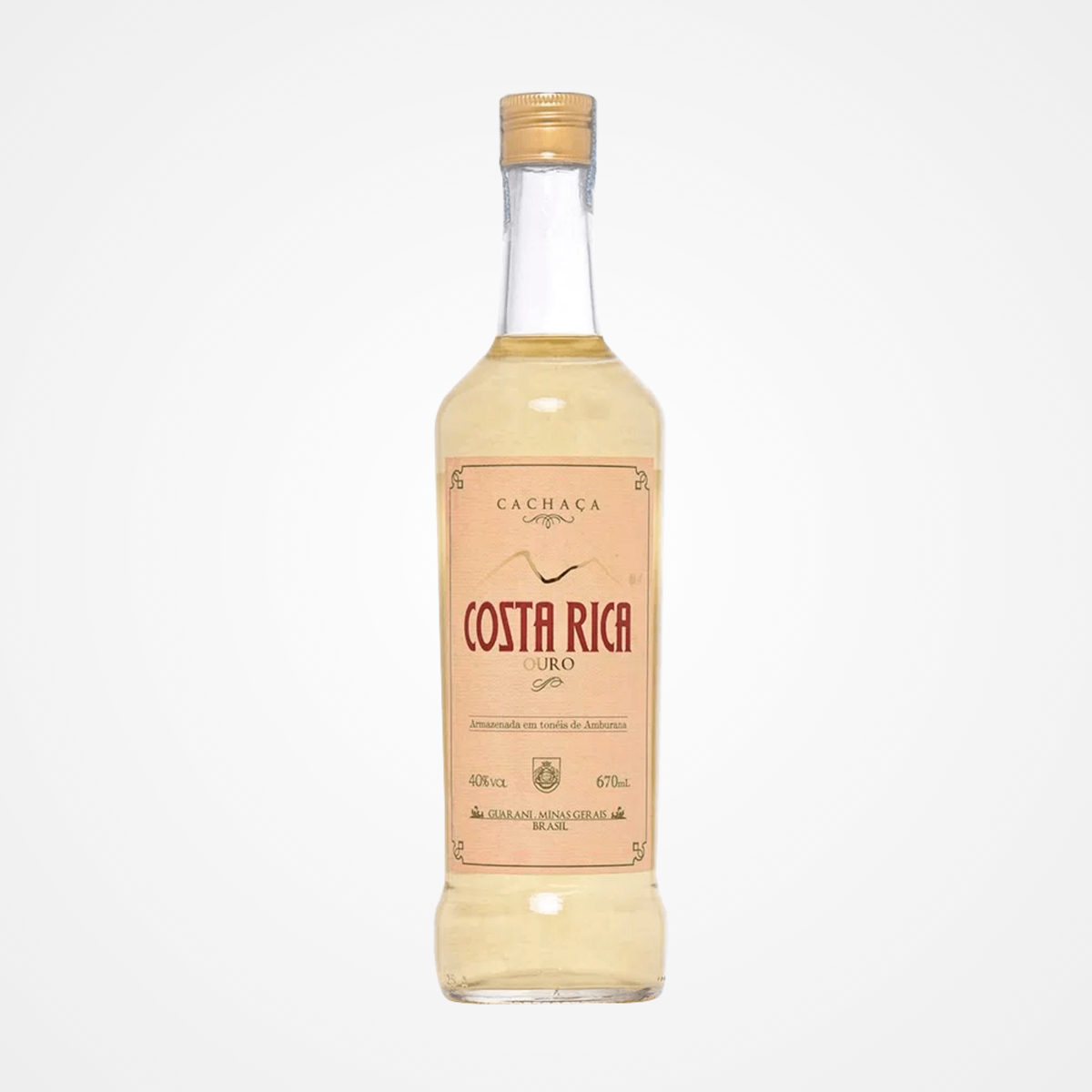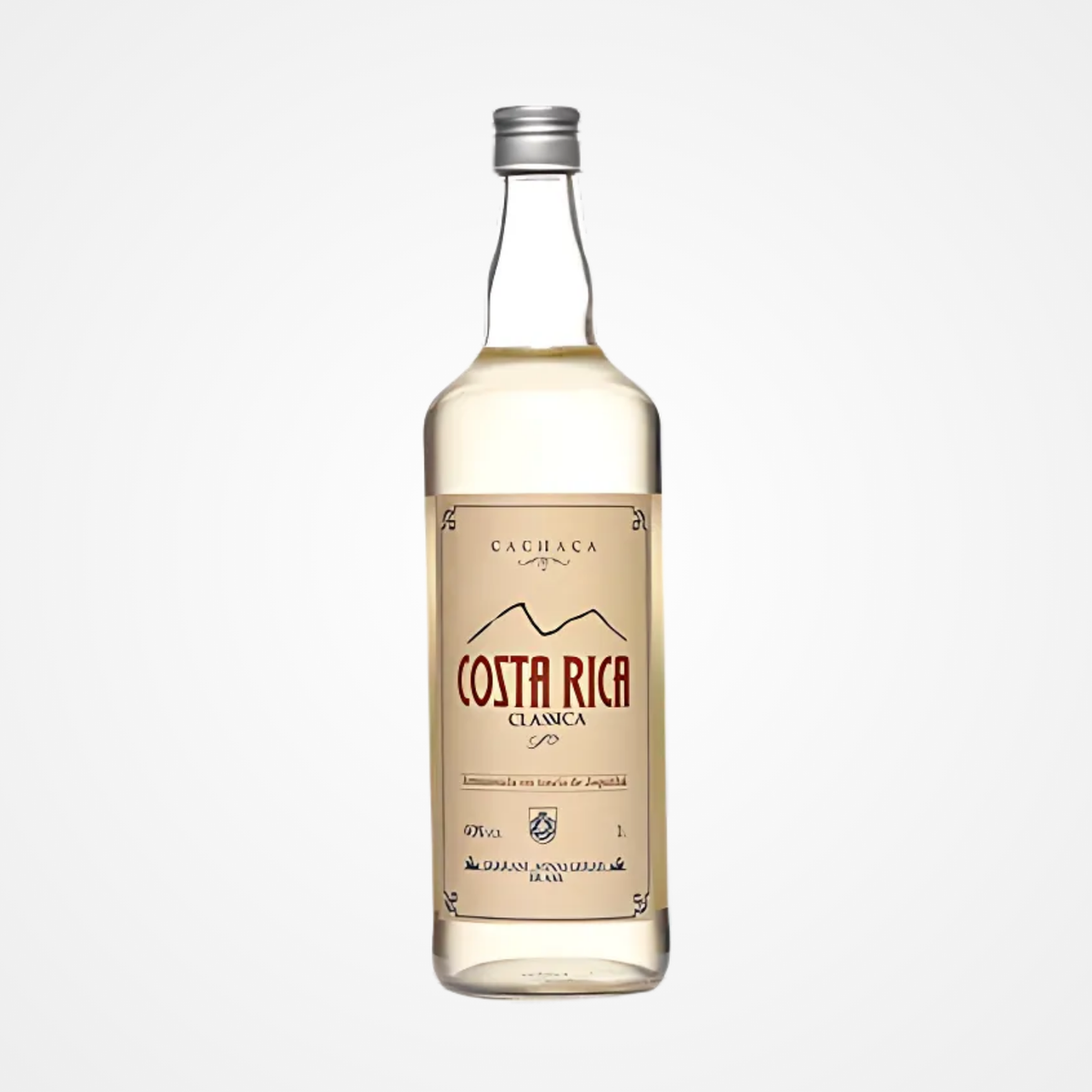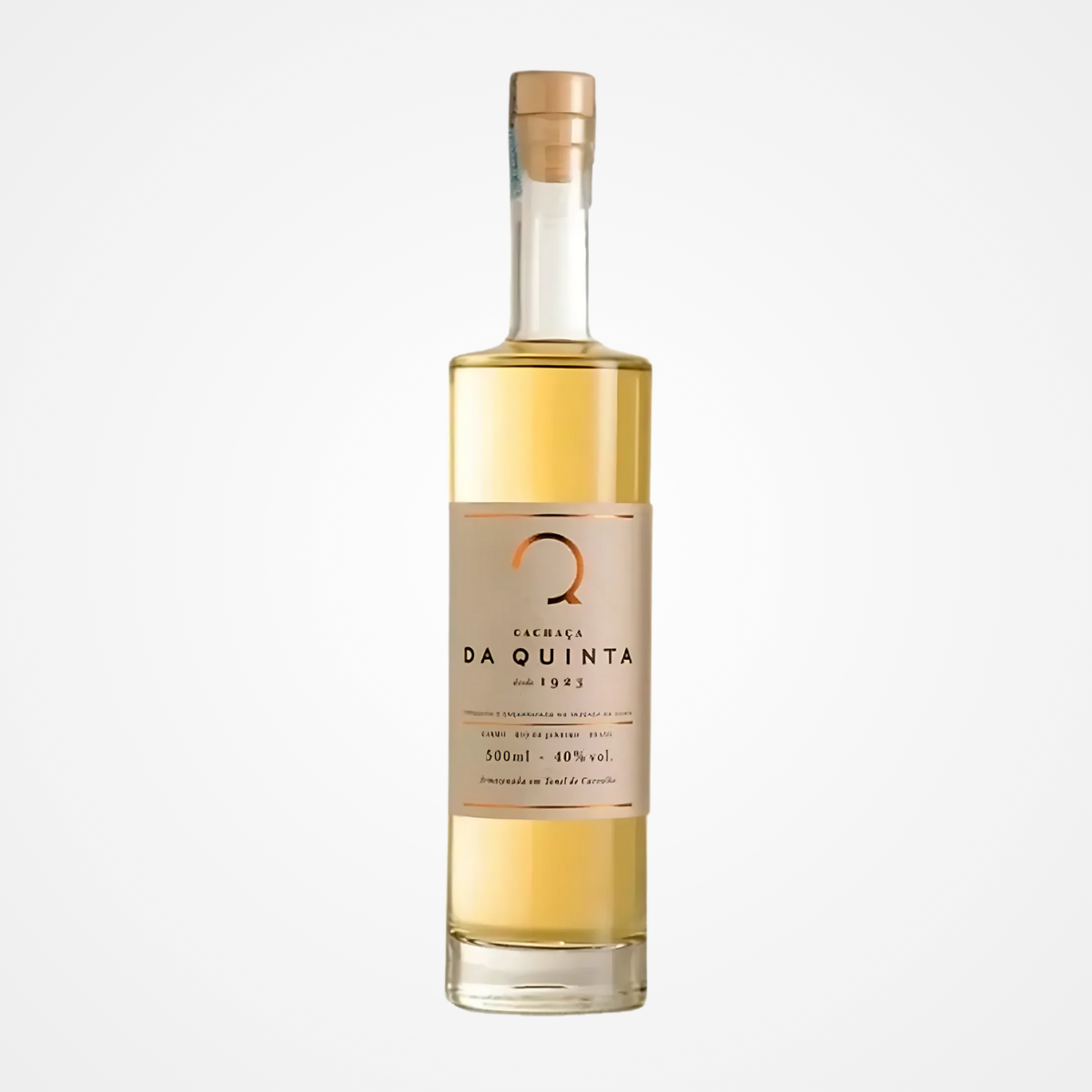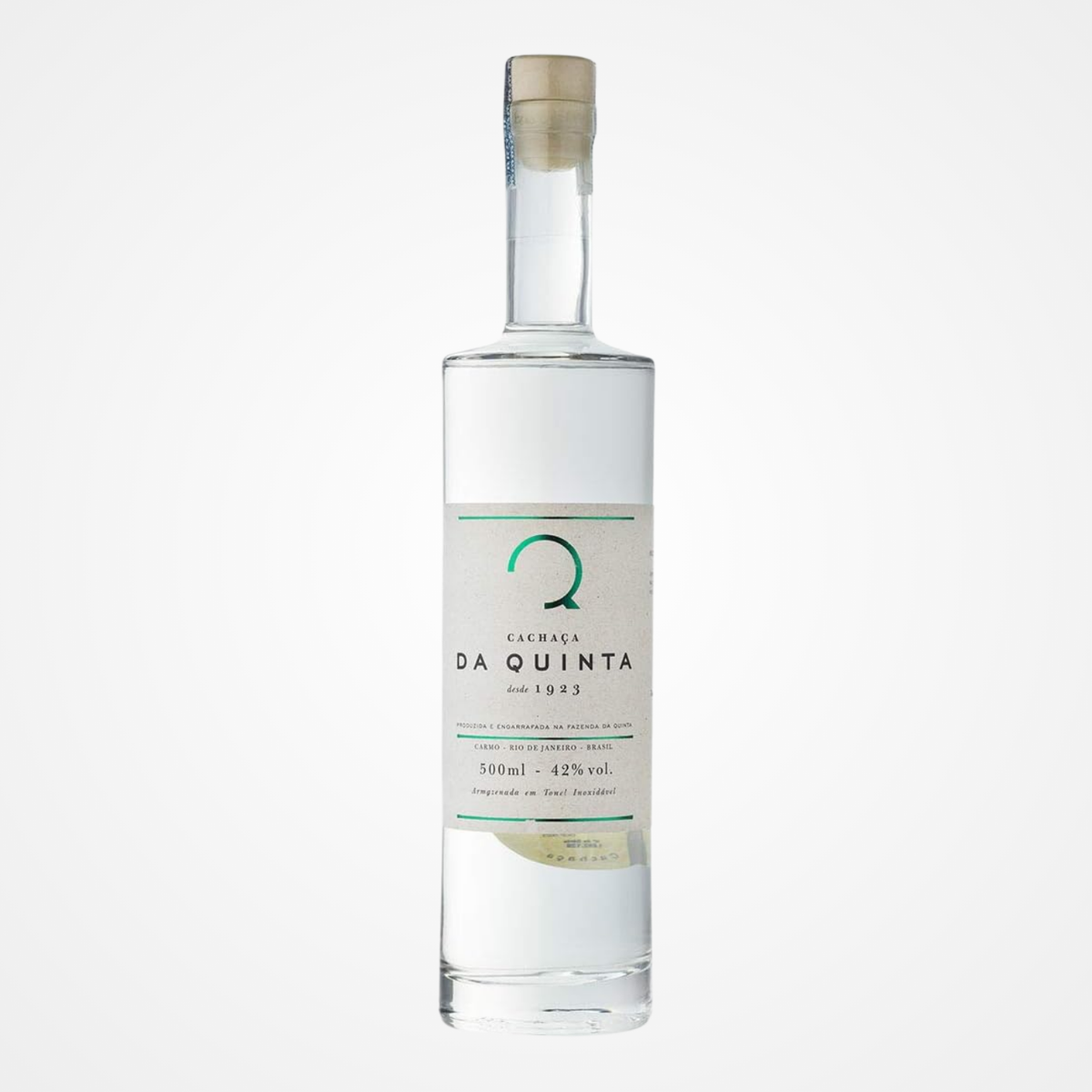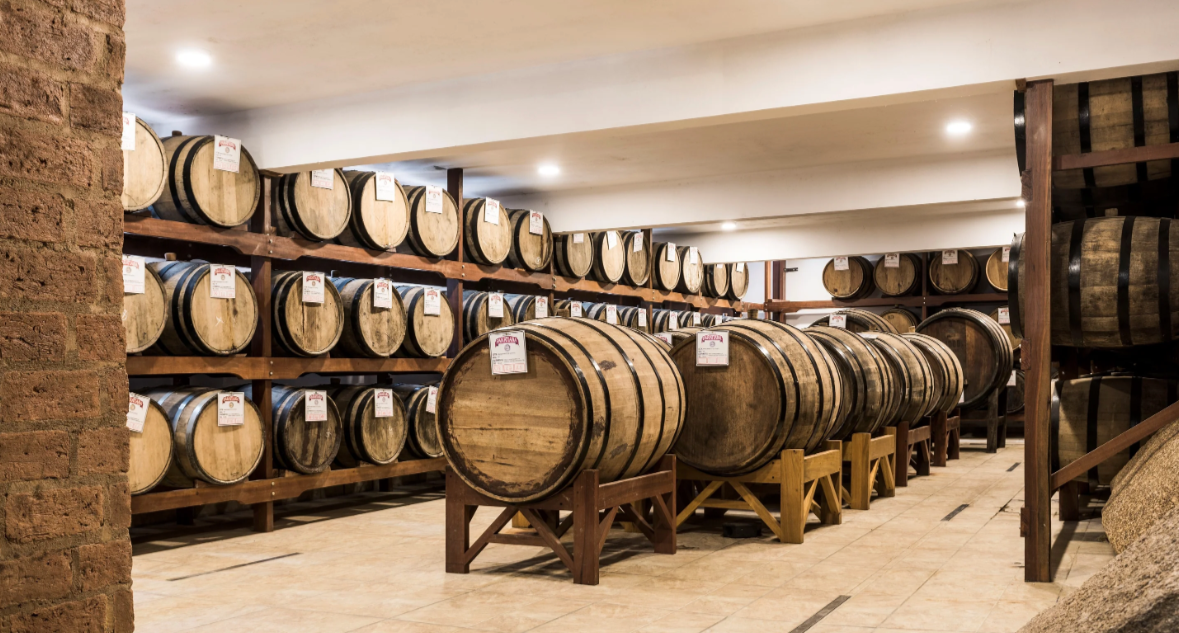Whisky, Rum, and Cachaça: A Journey Through the History and Culture of Spirits
Spirits play a central role in many cultures around the world, and three of them stand out for their rich history, diversity, and nuances of flavor: whisky, rum, and cachaça. Although these alcoholic beverages share some similarities in their production methods, each has specific characteristics that make it a unique experience for connoisseurs.
Whisky: A Symbol of Authenticity and Tradition
1.1. Origins and History of Whisky
Whisky, often considered the "king of spirits," has a rich and complex history that goes back centuries. The term "whisky" comes from the Scottish Gaelic "uisge beatha," meaning "water of life." While both Scotland and Ireland claim the birth of this drink, Scotland is often most associated with this spirit, particularly thanks to its worldwide reputation and its distillation techniques, which have been perfected over time.
The history of whisky in Scotland begins around the 15th century. However, it wasn't until the 18th century that whisky distillation became truly industrial. Ireland, for its part, also has a long tradition of whisky production, and until the 19th century, Ireland was one of the world's largest whisky producers. However, war, prohibition, and international competition changed the production landscape, and Scotland took a lead.
1.2. Types of Whisky: Varieties and Differences
There are several types of whisky, each with specific characteristics that depend on the raw materials, distillation techniques, aging, and production region.
Scotch whisky: Produced in Scotland, Scotch is often distilled from barley malt, and its flavor can vary from sweet to peaty, or even smoky, depending on the barley drying process. Scotch is divided into several categories, the most well-known of which are Single Malt, Blended Scotch, and Single Grain.
Irish whiskey: Lighter and generally sweeter than Scotch, it is distilled from malt and grain, and often triple-distilled in pot stills for a more refined taste. Irish whiskey can be a single malt or a blend.
Bourbon: Produced primarily in the United States, particularly in Kentucky, bourbon is made primarily from corn (minimum 51%) and must be aged in new oak barrels. It is generally sweeter and rounder than Scotch. Canadian whisky: Less well-known than its Scottish or Irish counterparts, Canadian whisky is often a blend of rye and corn, and is known for its smoothness and light character.
1.3. The whisky-making process
Whisky-making involves several essential steps: fermentation, distillation, barrel aging, and finally bottling.
Fermentation: The process begins with the fermentation of the grain (often barley, corn, or rye). Yeast enzymes convert the sugars into alcohol.
Distillation: The fermented alcohol is then distilled to increase its concentration. Depending on the type of whisky, distillation can be carried out in copper stills or modern distillation columns.
Aging: Whisky is aged in wooden barrels, usually oak. Wood plays a crucial role in broadening the aromas and color of the whisky. The aging process can last from 3 to over 30 years, depending on the type and quality of the whisky. 1.4. Whisky Tasting and Pairing
Whisky tasting requires careful attention. Connoisseurs use specific glasses, such as the tulip glass, to better appreciate the aromas. Whiskey is often enjoyed neat, but it can also be enjoyed with a little water to further release its aromas.
Food pairing is also a key aspect of whisky. Depending on the region and variety, whisky can be paired with mature cheeses, grilled meats, smoked fish, or even chocolate.
Rum: From Cane Sugar to the Art of Distillation
2.1. History and Evolution of Rum
Rum originated in the Caribbean in the 17th century, although evidence of sugar distillation has been discovered in Asia as early as the Middle Ages. Rum production boomed in the 17th century, partly due to slavery and the exploitation of sugarcane plantations. It was during this time that rum became popular throughout Europe and the colonies.
The two main rum-producing regions are the Caribbean and Latin America. Rum has long been associated with pirates, sailors, and plantation workers, but today it is recognized for its diversity and gastronomic potential.
2.2. Types of Rum
Rum can be divided into several categories, each with its own characteristics.
White rum: Clear and often used in cocktails such as Mojitos or Daiquiris, it is generally lighter and less sweet than dark rum.
Amber rum: Aged in oak barrels, it takes on golden hues and acquires more complex flavors, with aromas of wood, vanilla, and spices.
Vintage rum: This is distilled and then aged for several years, often more than three. It is richer and more full-bodied, with notes of dried fruit, caramel, and sometimes leather.
2.3. The Rum Manufacturing Process
Rum is made from cane sugar, an ingredient that gives it its unique flavor. The production method begins with the extraction of sugarcane juice or the fermentation of molasses, a by-product of sugar refining.
Fermentation: The juice or molasses is fermented to produce a raw alcohol called "cane wine."
Distillation: The alcohol is distilled to separate the water and alcohol to obtain a more concentrated liquid.
Aging: Rum can be aged in oak barrels, but some modern rums are refined in stainless steel tanks to maintain their youthful and fruity character.
2.4. Tasting and Pairing Rum
Rum can be enjoyed in several ways, whether neat, on the rocks, or in cocktails. Aged rum is often enjoyed on its own or with a little water, while white rum is best enjoyed in fresh, exotic cocktails. Rum pairs well with spicy dishes, tropical fruits, grilled meats, or even hard cheeses.
Cachaça: The Spirit of Brazil
3.1. History of Cachaça
Cachaça is Brazil's national spirit, a sugarcane-based distillate, often compared to rum. The history of cachaça dates back to the 16th century, when the Portuguese brought sugarcane to Brazil and began distilling alcohol from this local product.
Cachaça has played a central role in Brazilian culture and has evolved over the centuries. While rum is produced in many parts of the world, cachaça is exclusively Brazilian and is an integral part of the country's gastronomy and social life, particularly through cocktails like the caipirinha.
3.2. Production and Types of Cachaça
Cachaça is made by distilling fresh sugarcane juice, unlike rum, which is generally made from molasses. There are several types of cachaça depending on the production method, aging, and ingredients.
White Cachaça: Unaged, it is lighter and used in cocktails.
Aged Cachaça: Aged in wooden barrels, oak, amburana, or jequitibá, local Brazilian woods.
3.3 Artisanal Cachaça: Traditional Know-How and a Quest for Quality
Artisanal cachaça differs from industrial cachaça by its more traditional and environmentally friendly production method, as well as its attention to quality and unique flavors. Although cachaça is produced on a large scale to meet international demand, artisanal cachaça is made by small family or local distilleries, often using methods passed down from generation to generation. This process creates superior quality products, often with unique touches that reflect the terroir and traditions of Brazil.
The production of artisanal cachaça begins with the hand-harvesting of sugarcane, often grown without the use of pesticides, and immediately pressing it to extract the juice, which is then fermented. Unlike large industrial distilleries, which use accelerated fermentation methods, artisanal cachaça relies on a longer natural fermentation process, allowing the product to develop more complex and nuanced aromas. Distillation is typically carried out in copper or stainless steel stills, a choice that can influence the purity and texture of the distillate.
One of the most fascinating aspects of artisanal cachaça is its aging, which can be done in barrels made of various woods, such as oak, amburana, or jequitibá, local Brazilian woods. These woods impart specific aromas, allowing each cachaça to tell a unique story. Some artisanal cachaças are aged for several years, acquiring woody, vanilla, or spicy flavors, while others are younger and retain a lively, fruity freshness.
Artisanal cachaça is also often produced with meticulous attention to quality and respect for tradition. Many artisanal distilleries follow strict production standards and use fermentation and distillation techniques that preserve the authenticity of the cachaça. The search for quality artisanal cachaça is a true quest for spirits lovers, who appreciate not only exceptional flavor, but also the connection to Brazilian culture and respect for the environment. In summary, artisanal cachaça is a product that embodies the passion, history, and terroir of Brazil. It offers an increasingly popular alternative to industrial versions, particularly for those seeking an authentic and unique tasting experience.
3.4. Tasting and Pairing Cachaça
Tasting cachaça, whether white or aged, allows you to fully appreciate its complex aromas and distinct nuances. This can be done in a variety of ways, depending on the variety chosen and personal preference.
Tasting Cachaça
Cachaça, like many spirits, is best enjoyed in a suitable glass to best appreciate its aromas. A tulip glass or a rocks glass is ideal for concentrating the aromas and allowing the alcohol to breathe. Here are some tips for enjoying this spirit:
White Cachaça: White, unaged cachaça has a brighter, sometimes grassy, and slightly sweet flavor, making it perfect for cocktails. When enjoyed neat, it is recommended to serve it chilled or with a little ice to soften its strong character, while allowing aromas of sugar cane and fresh fruit to unfold. Some connoisseurs also prefer to add a few drops of water to release more nuances.
Aged Cachaça: Aged cachaça, which is more complex, should be sipped slowly to appreciate its woody, vanilla, spicy, and sometimes even fruity aromas, which vary depending on the barrels in which it was aged. It is generally enjoyed at room temperature, in a rocks glass, to allow its flavors to fully express themselves. Quality aged cachaças can rival spirits like aged rum or whiskey due to their aromatic richness.
Tasting it neat, without additives, is an excellent way to discover cachaça in its most authentic form, especially when it comes to artisanal or premium cachaça. However, it can also be enjoyed in cocktails, which is more common in Brazil, where cachaça plays a central role in celebrations and social life.
Cachaça Pairings
Cachaça can be paired with a variety of dishes, depending on its type and aging. The richness and complexity of aged cachaça allow it to be paired with more refined and elaborate dishes, while white cachaça, fresher and fruitier, is often used to accompany lighter dishes or in cocktails.
White Cachaça:
Brazilian Cuisine: White cachaça pairs perfectly with typical Brazilian dishes, such as feijoadas (black bean and meat stew), moqueca (fish or seafood stew), or grilled meats such as churrascos (Brazilian barbecues). Light dishes and salads: It pairs well with fresh fruit salads, ceviche, and sushi due to its freshness and fruity notes.
Cocktails: Cachaça is the base for classic cocktails like the caipirinha, but it can also be used in variations of classic cocktails like the mojito or the caipiroska (vodka version).
Aged Cachaça:
Aged Cheeses: Aged cachaça, with its complex aromas, pairs well with hard cheeses such as Parmesan, Pecorino, or washed-rind cheeses.
Grilled Meats: Smoked and grilled meats, such as rib-eye steak or duck breast, complement the depth and woody aromas of aged cachaça beautifully.
Spicy Dishes and Barbecue: Spicy dishes, such as those from Creole or Asian cuisine (for example, chicken curry or spicy shrimp skewers), can also pair well with aged cachaça due to its ability to balance the heat of spices with its rounded, woody notes. Sweet Pairings:
Aged cachaça, with its richness and sweetness, also pairs well with dark chocolate desserts, caramel-based cakes, or crème brûlées, where the vanilla and woody aromas of aged cachaça complement the sweetness of the sweets.
Savouring as a Cocktail
Cachaça is also an excellent ingredient in exotic and creative cocktails. In addition to the caipirinha, several other cocktails allow you to discover the diversity of cachaça:
Batida de coco: A blend of cachaça, coconut milk, and sugar, a sweet and tropical drink.
Rabo de Galo: A Brazilian cocktail that combines cachaça and vermouth, creating a blend that is both sweet and herbal.
Caipiroska: A variation of the caipirinha, but with vodka, ideal for those looking for sweeter, fruitier flavors. Conclusion
Cachaça, whether white or aged, offers a multitude of tasting possibilities and culinary pairings. Its flavor can be enjoyed neat, over ice, or in cocktails, and its combinations are as varied as the cuisine itself. With perfect pairings ranging from savory dishes to desserts, cachaça is a spirit that, while primarily an ingredient of Brazilian culture, finds its place on tables around the world, allowing everyone to discover a little more of Brazil with every sip.
